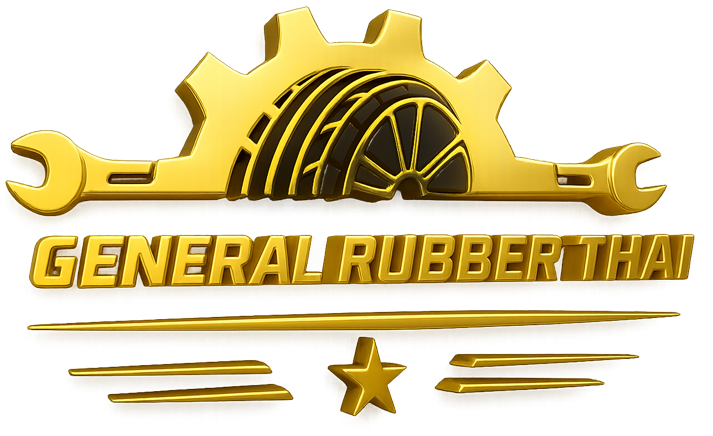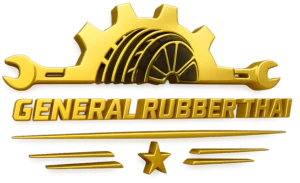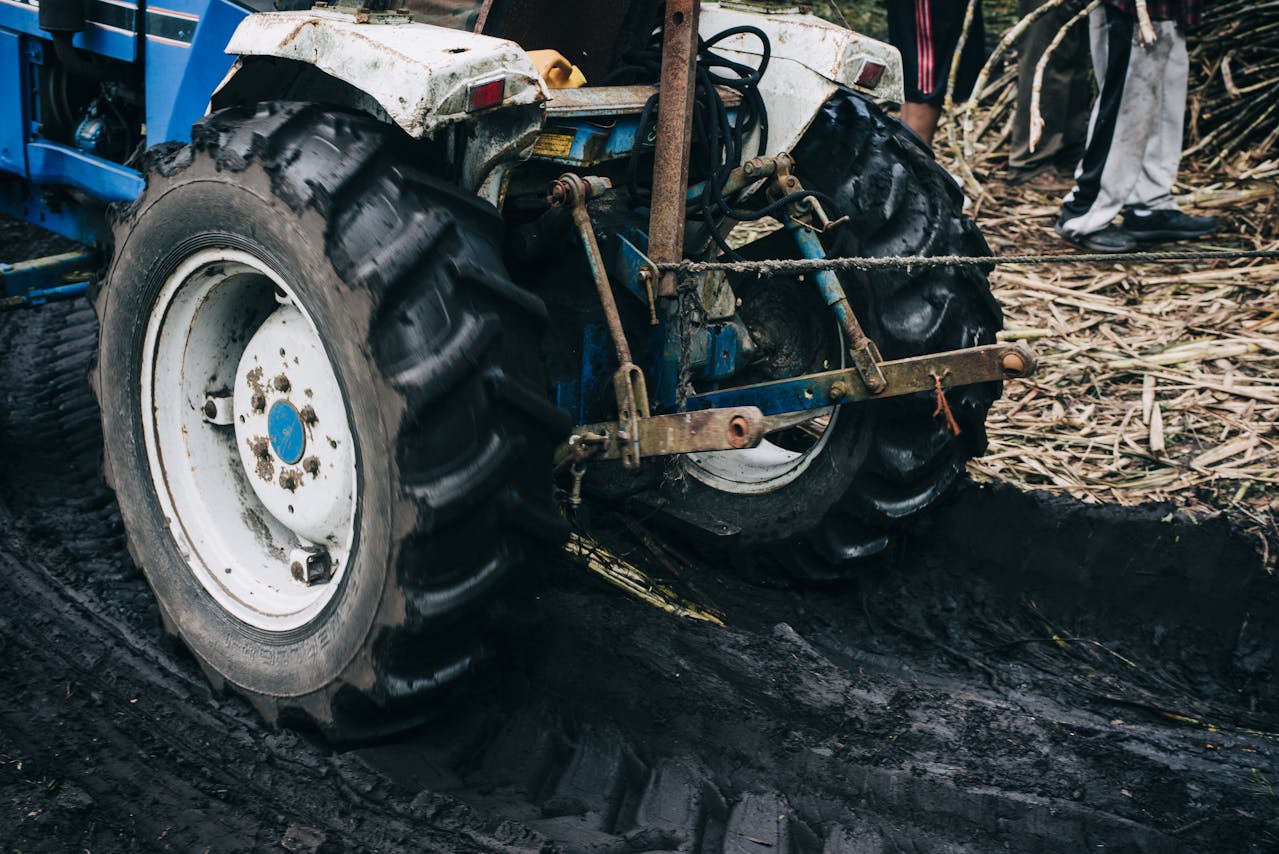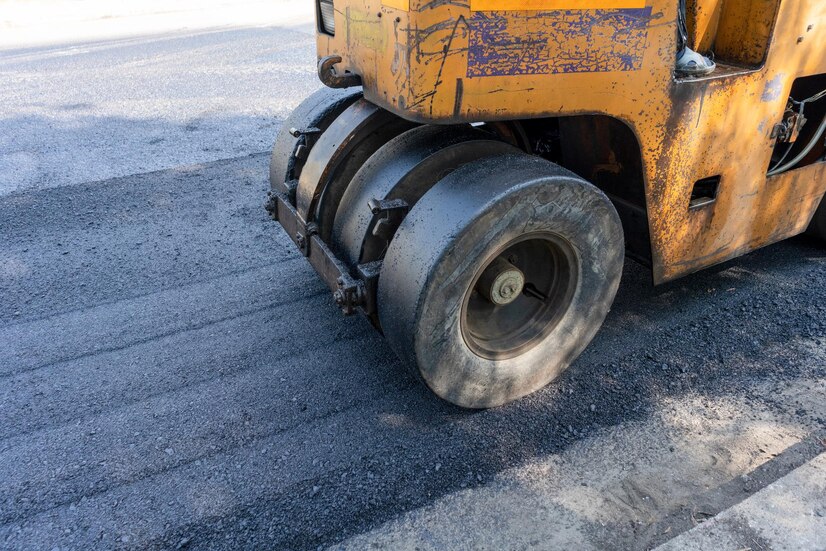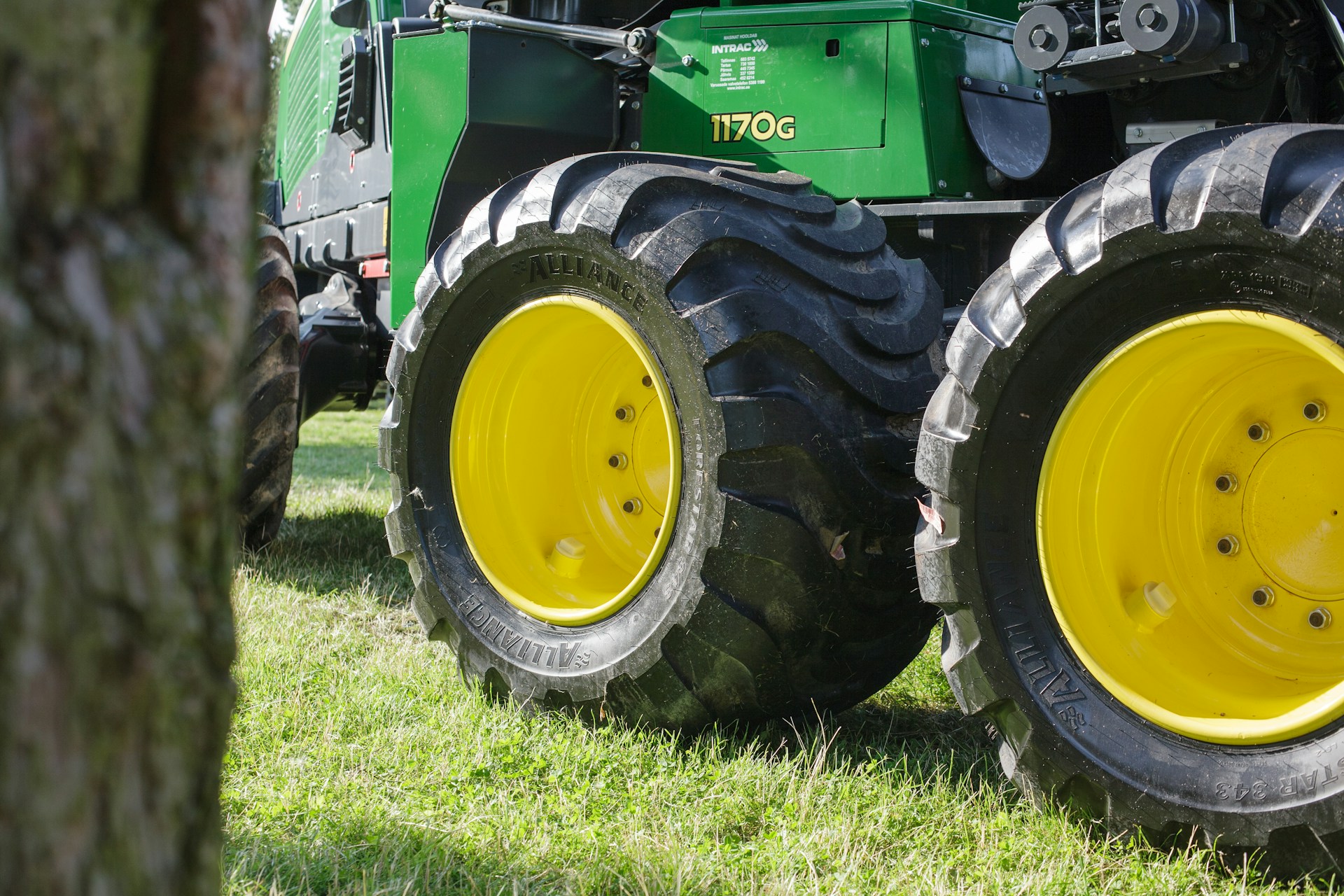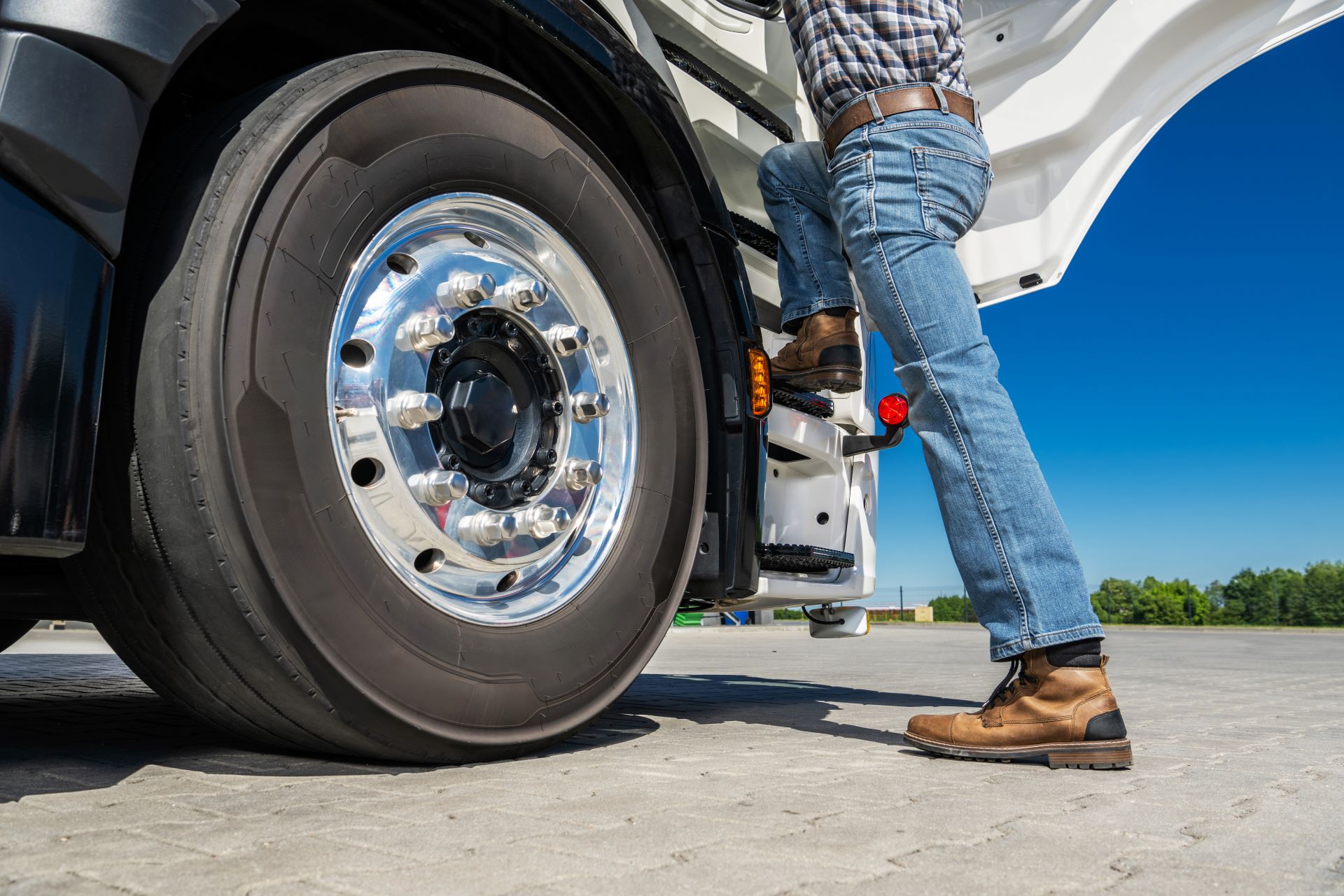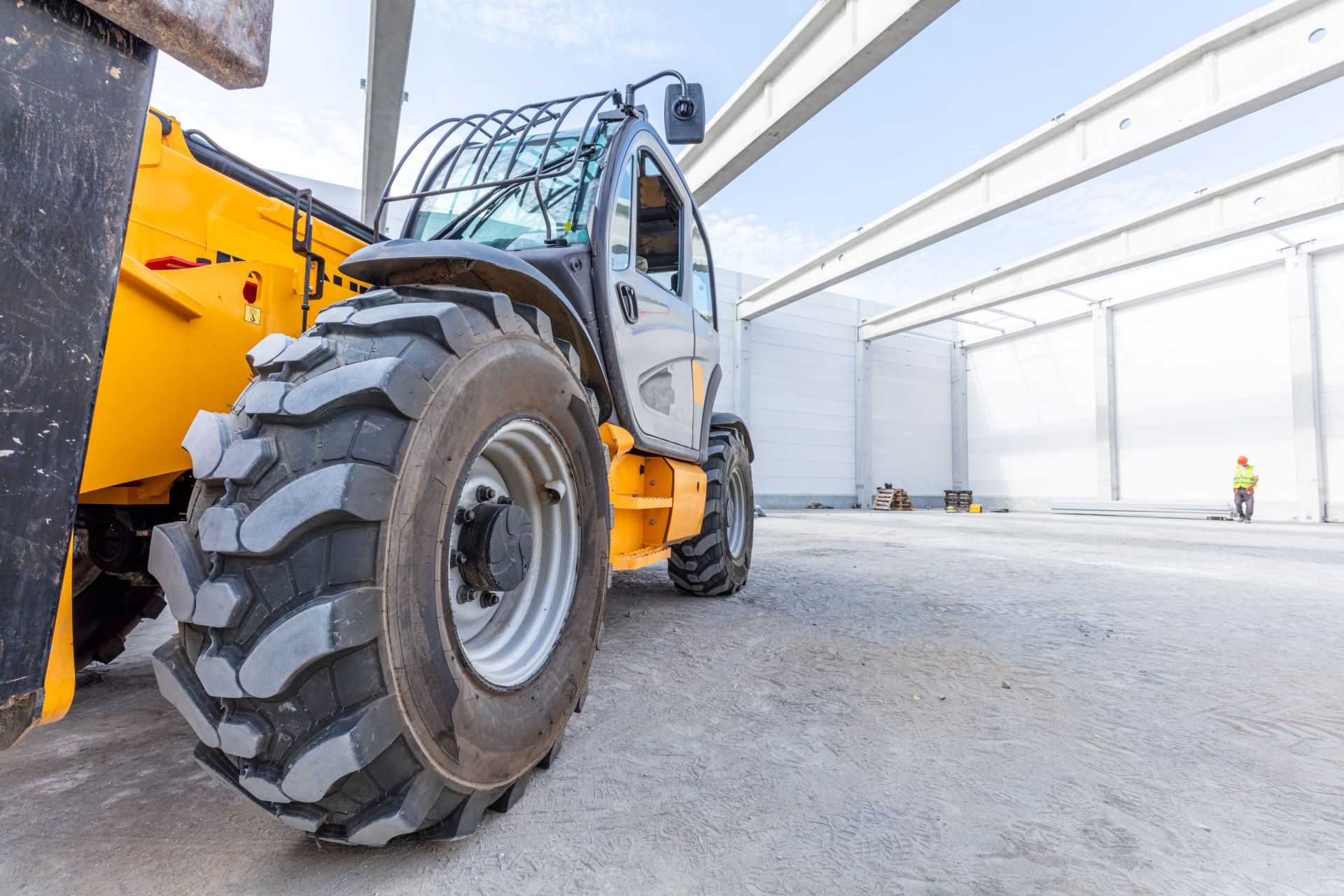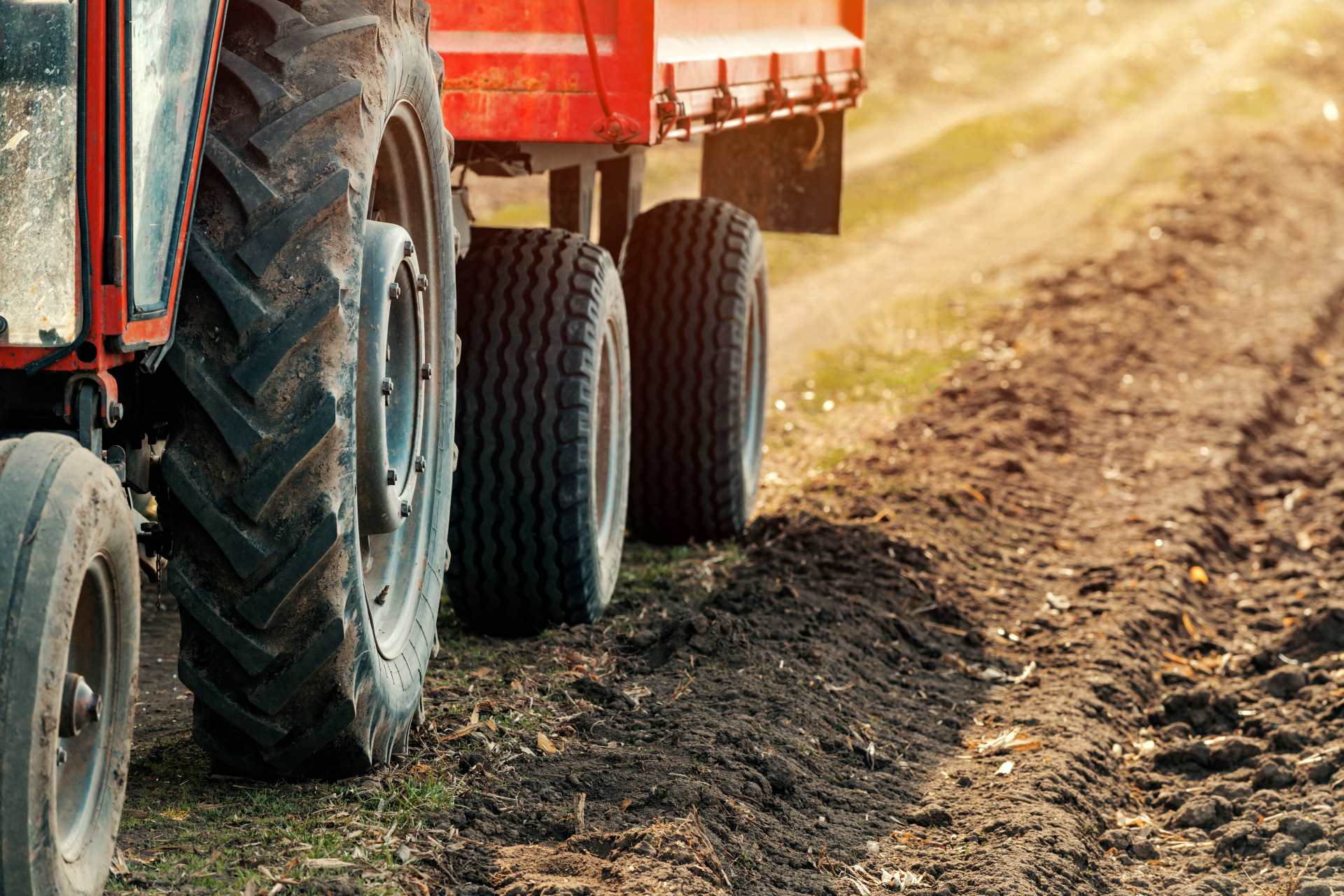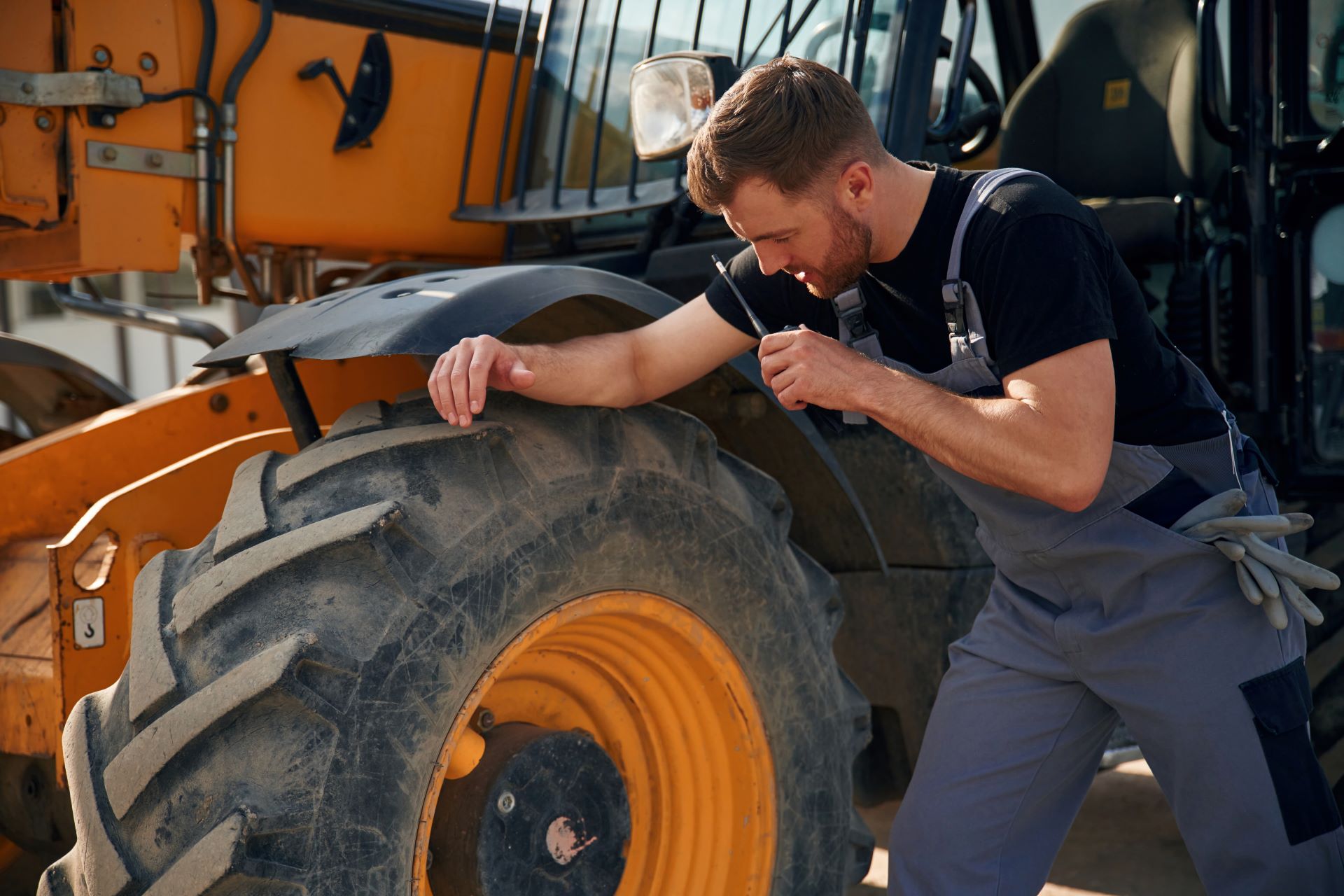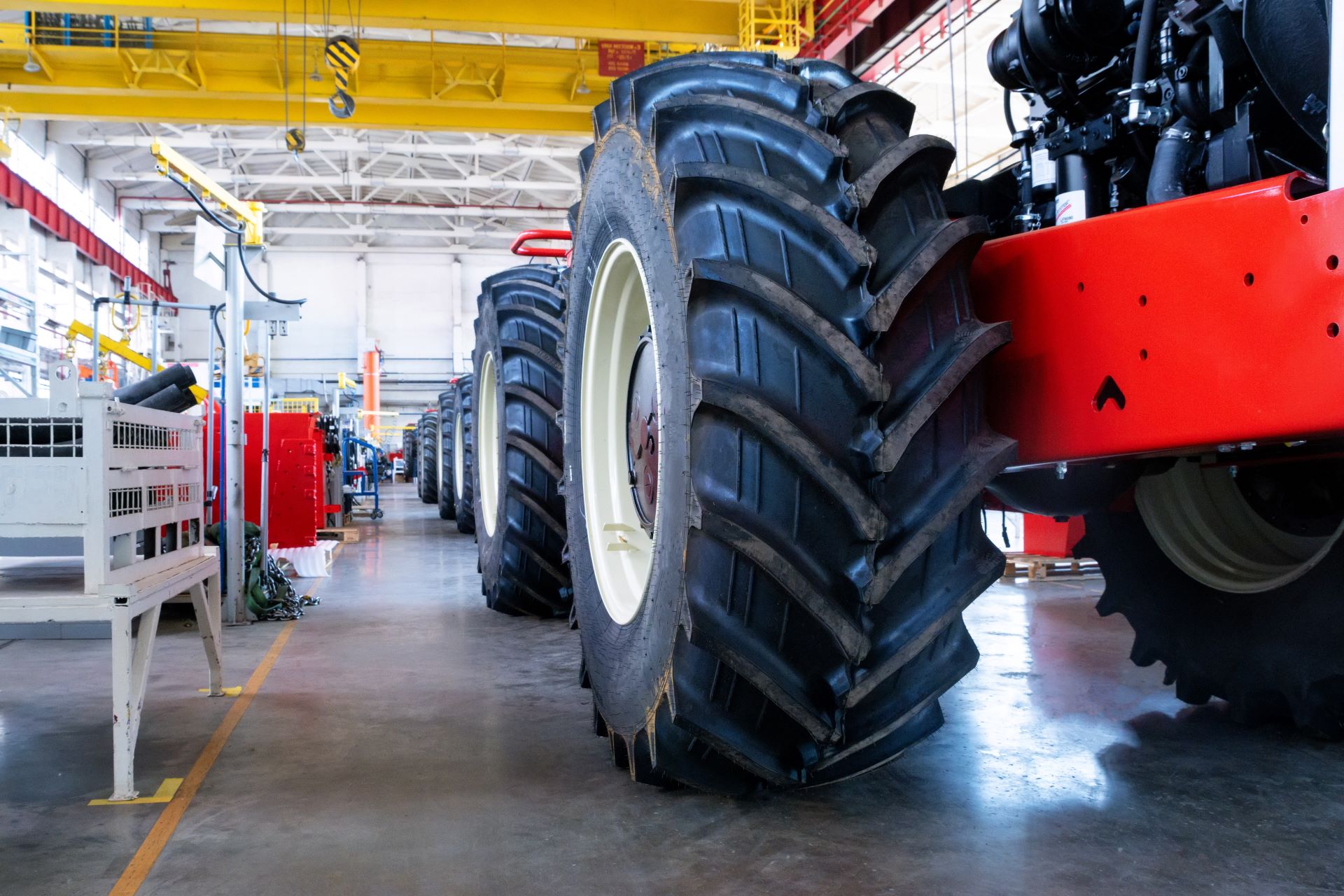PR-1 Tractor Tires: Features and Benefits
Tractor tires play a crucial role in the performance and efficiency of agricultural machinery. The right tires can make a big difference by providing better traction, improved handling, and longer-lasting durability. One such tire that stands out is the PR-1 tractor tire. This tire offers a combination of advanced features and benefits that make it ideal for various farming tasks. The PR-1 tractor tire is specially designed with a super deep pattern, which enhances its friction and traction capabilities. This is especially important when working in muddy or uneven fields, where maintaining grip can be challenging. The better the traction, the more efficiently your tractor can operate, saving you time and fuel. Additionally, the concave groove design of the PR-1 tractor tire provides excellent self-cleaning capacity. This means that the tires can shed mud and debris more easily, maintaining their grip and performance even in difficult conditions. This not only helps in improving overall efficiency but also extends the lifespan of the tires. Upgraded load durability ensures that these tires can handle heavier loads without compromising on performance, making them a reliable choice for demanding agricultural tasks. Features of PR-1 Tractor Tires The PR-1 tractor tire boasts several impressive features that make it a standout choice for agricultural tasks. One of the primary features is its super deep pattern design. This design enhances the tire’s friction and provides stronger traction, especially on muddy or uneven surfaces. The deep treads dig into the soil, ensuring that the tractor maintains a firm grip. This is essential for tasks that require a lot of power and torque, such as plowing or pulling heavy equipment. Another notable feature is the concave groove design of the PR-1 tire. This design offers excellent self-cleaning capacity, making it easier for the tire to shed mud and debris. When working in the fields, tires often get clogged with dirt, which can reduce their effectiveness. However, with the concave grooves, the tire can maintain its performance by staying cleaner for longer periods. This not only ensures consistent traction but also extends the lifespan of the tire by reducing wear and tear. Furthermore, the PR-1 tractor tire comes with upgraded load durability. This means the tire is built to handle heavier loads without compromising performance. The robust construction allows for better weight distribution and stability, which is crucial when carrying large amounts of produce or equipment. The enhanced load durability ensures that the tire can withstand the demands of hard labor, making it a reliable and long-lasting choice for any farming operation. Benefits of Using PR-1 Tractor Tires Using PR-1 tractor tires offers several significant benefits that can enhance your farming operations. One of the main advantages is improved efficiency. The super deep pattern design and strong traction help your tractor perform better in various field conditions. Whether you are working on wet, muddy, or uneven terrain, these tires provide the grip needed to keep your tractor moving smoothly. This means less time spent stuck in difficult spots and more time focused on getting the job done. Another key benefit is the reduced maintenance needs due to the self-cleaning capabilities of the concave groove design. As the tires shed mud and debris more effectively, they experience less buildup that can lead to wear and tear. This translates to longer-lasting tires and fewer interruptions for cleaning or repairs. Consequently, you enjoy lower maintenance costs and fewer downtimes, which can have a positive impact on your overall productivity. Enhanced load durability is also a notable benefit of using PR-1 tractor tires. These tires can carry heavier loads without sagging or losing stability, which is vital for tasks that require transporting large quantities of produce or equipment. By ensuring that your tractor can handle more weight, you can complete tasks more quickly and efficiently. This increased capacity can lead to higher yields and better time management in your farming operations. Investing in PR-1 tractor tires can therefore lead to significant improvements in both performance and cost-effectiveness, making them a wise choice for any agricultural setup. Comparison with Other Tractor Tire Brands When comparing PR-1 tractor tires with other brands, it’s clear that these tires offer some unique advantages. Many other brands may provide good traction and durability, but the PR-1’s super deep pattern design stands out. This feature not only enhances traction but also improves overall performance in challenging field conditions. Other tractor tires might have deep treads, but the PR-1 takes it a step further with its specialized design. Most competitors also lack the advanced concave groove design found in PR-1 tractor tires. This self-cleaning feature significantly reduces the amount of mud and debris that gets stuck in the treads. While other brands might require frequent cleaning and tend to wear out faster due to buildup, the PR-1 maintains its efficiency for longer periods, saving both time and money. Load durability is another area where PR-1 tractor tires excel. While many brands claim to offer strong load-bearing capabilities, the PR-1’s upgraded load durability ensures reliable performance even under heavy loads. This is crucial for farmers who need to transport large quantities of produce or equipment. The superior weight distribution and stability of PR-1 tires make them a more dependable choice compared to other brands in the market. Maintenance Tips for PR-1 Tractor Tires Proper maintenance of your PR-1 tractor tires can greatly extend their lifespan and ensure optimal performance. Here are some tips to keep your tires in top shape: 1. Regular Inspections: Frequently check your tires for any signs of wear and tear, such as cuts, punctures, or cracks. Early detection can prevent more significant issues down the line. 2. Proper Inflation: Maintain the recommended tire pressure. Under-inflated or over-inflated tires can lead to uneven wear and reduce the effectiveness of the treads. Use a tire pressure gauge to check and adjust the pressure as needed. 3. Clean Regularly: While PR-1 tires have excellent self-cleaning capabilities, it’s still advisable to clean them manually from time to time. Remove any stubborn
